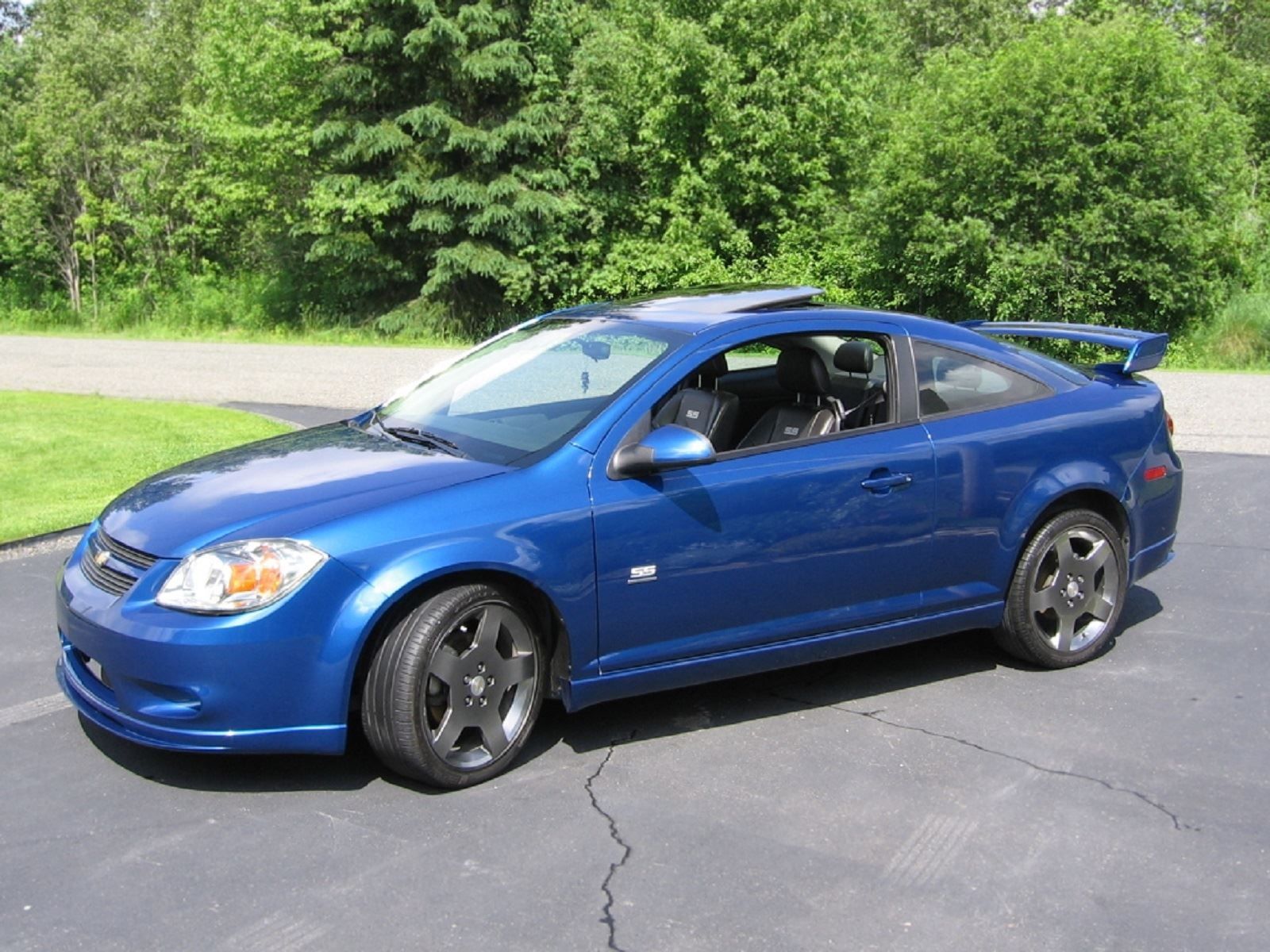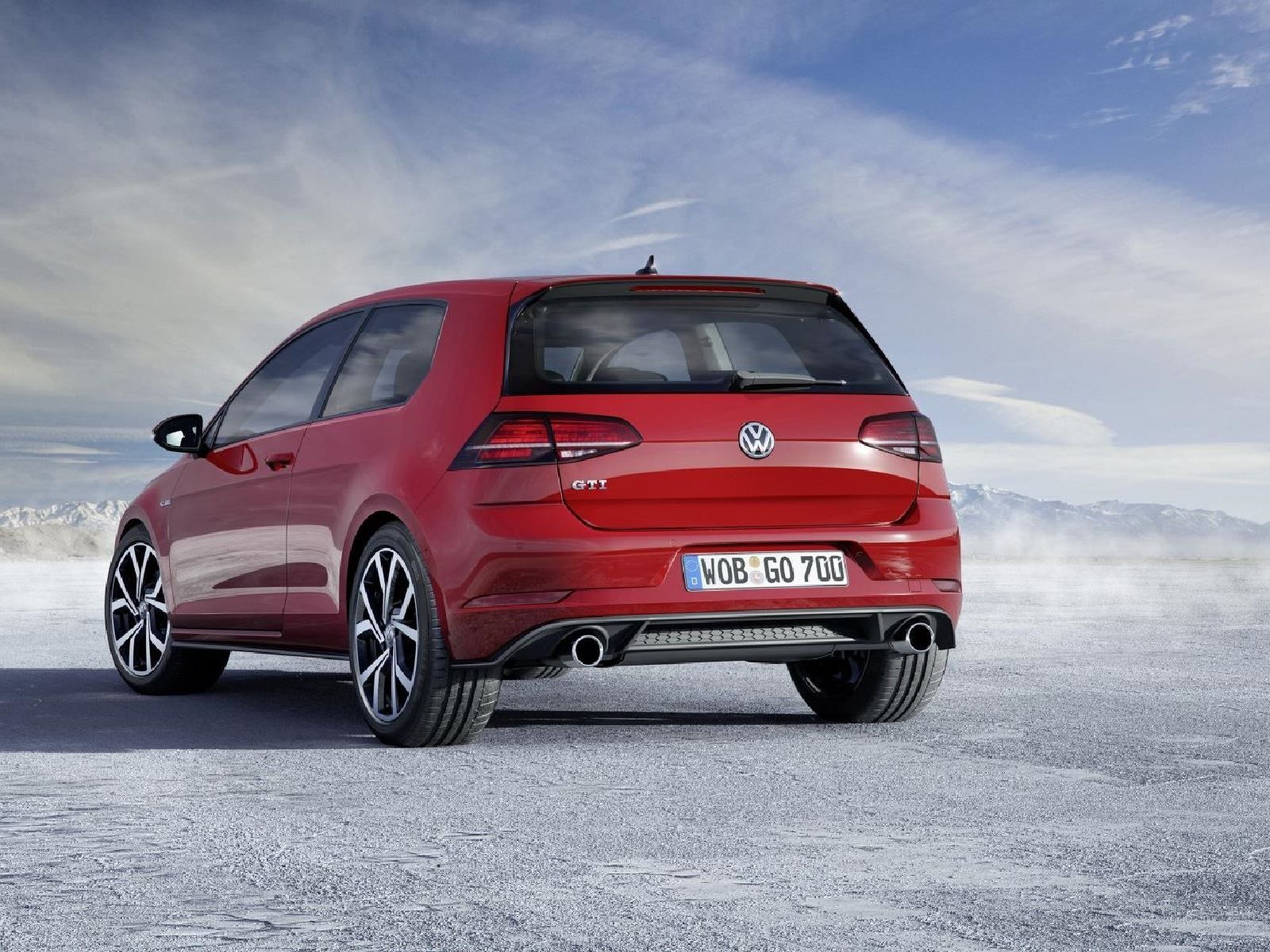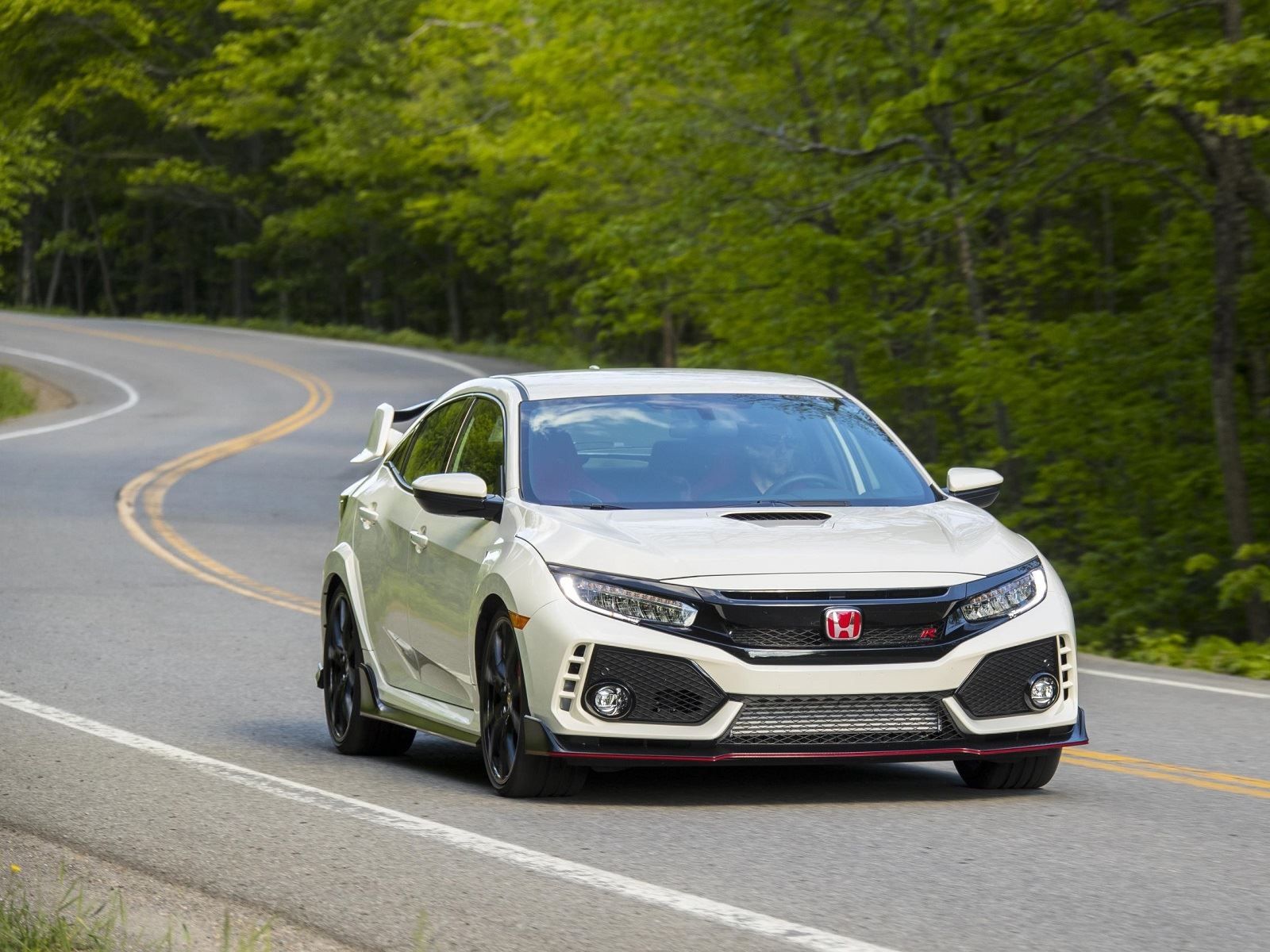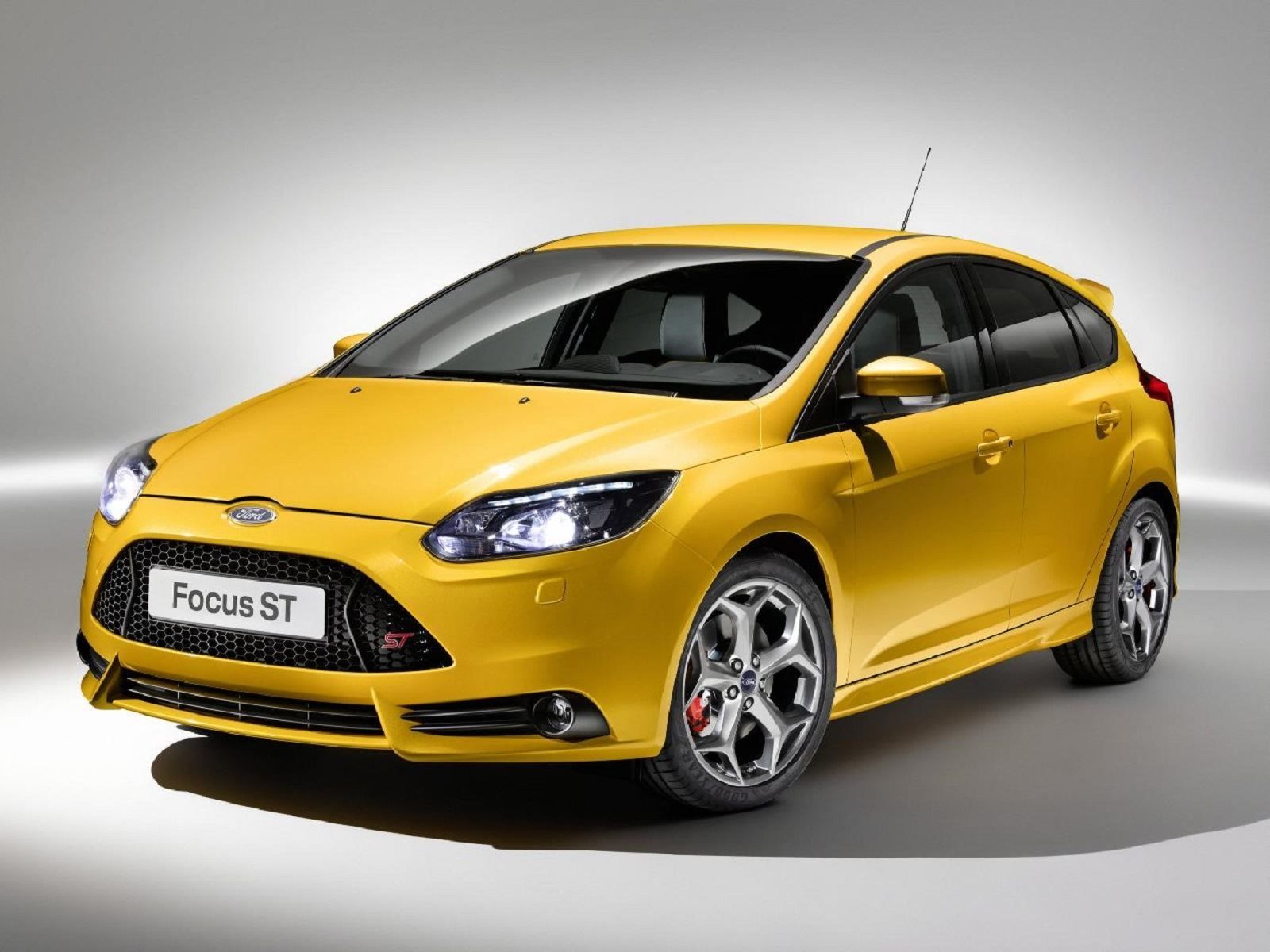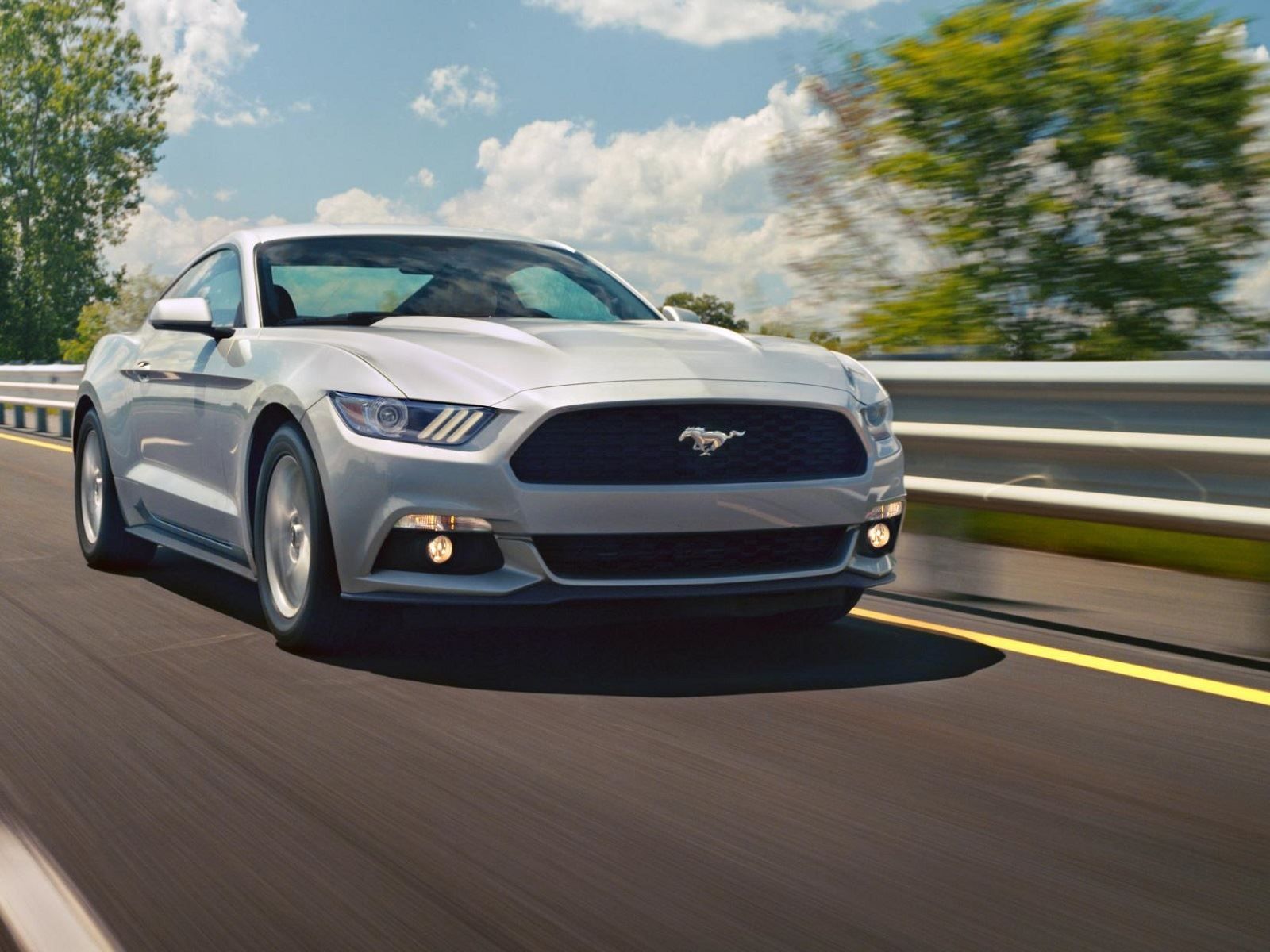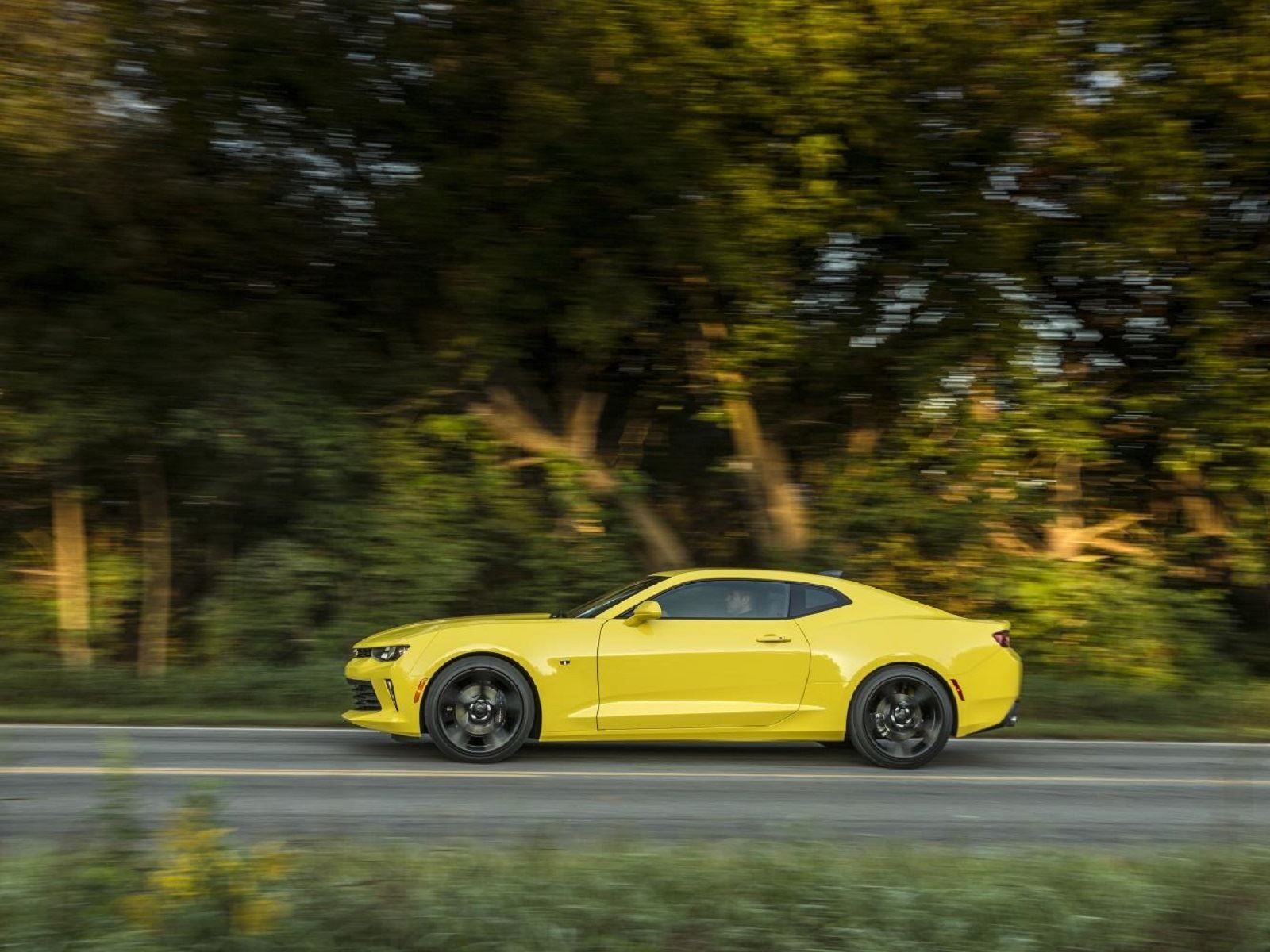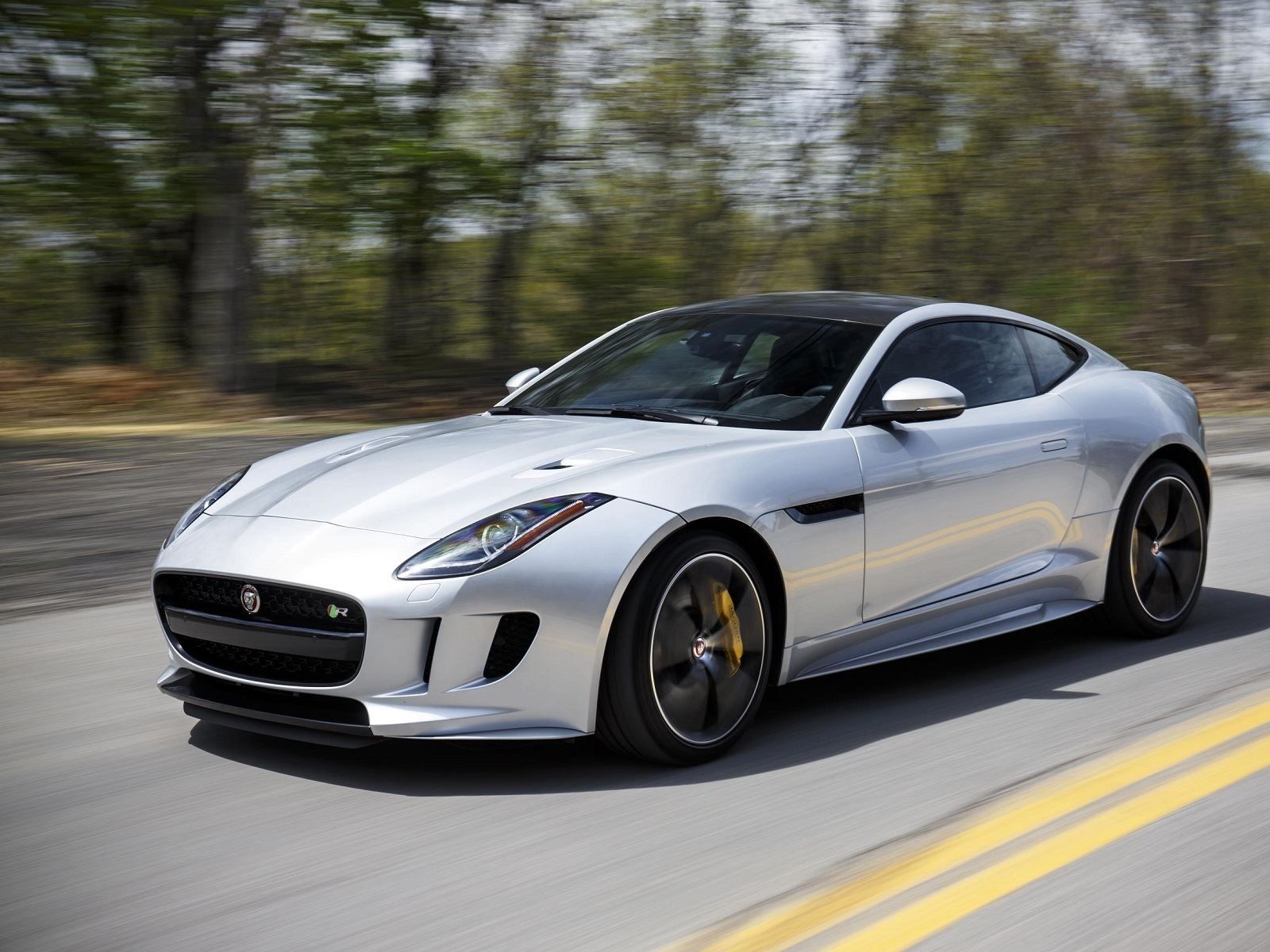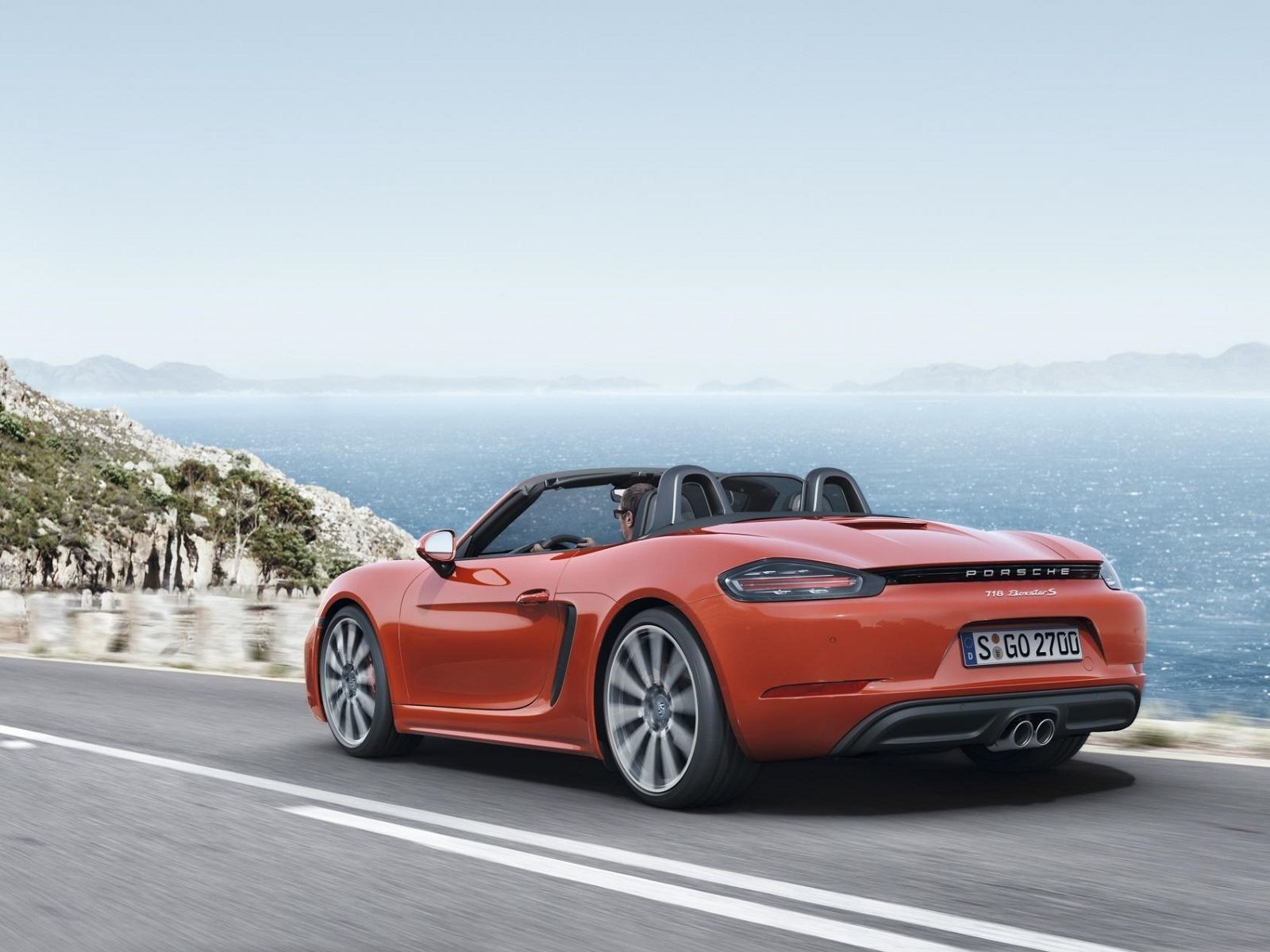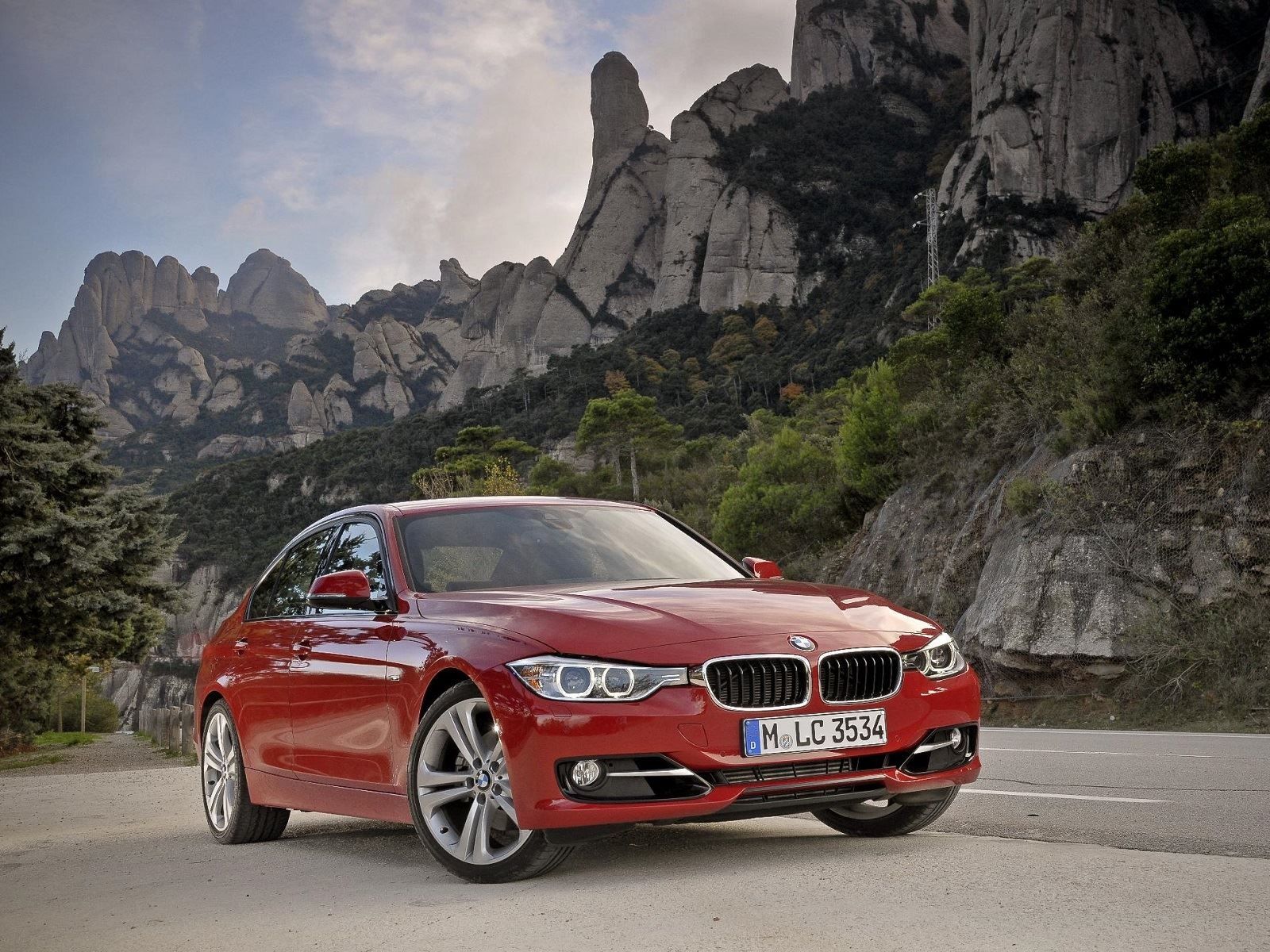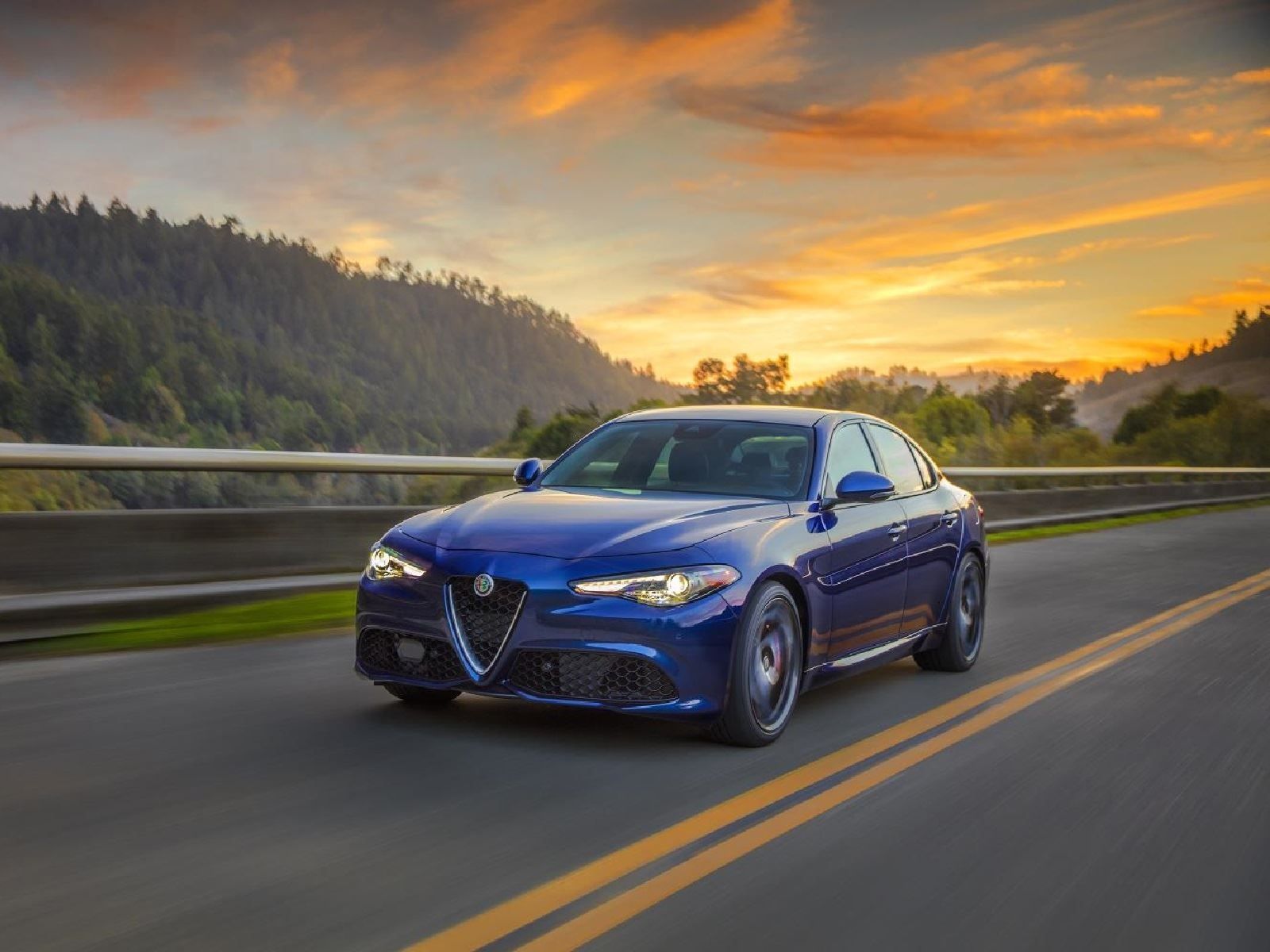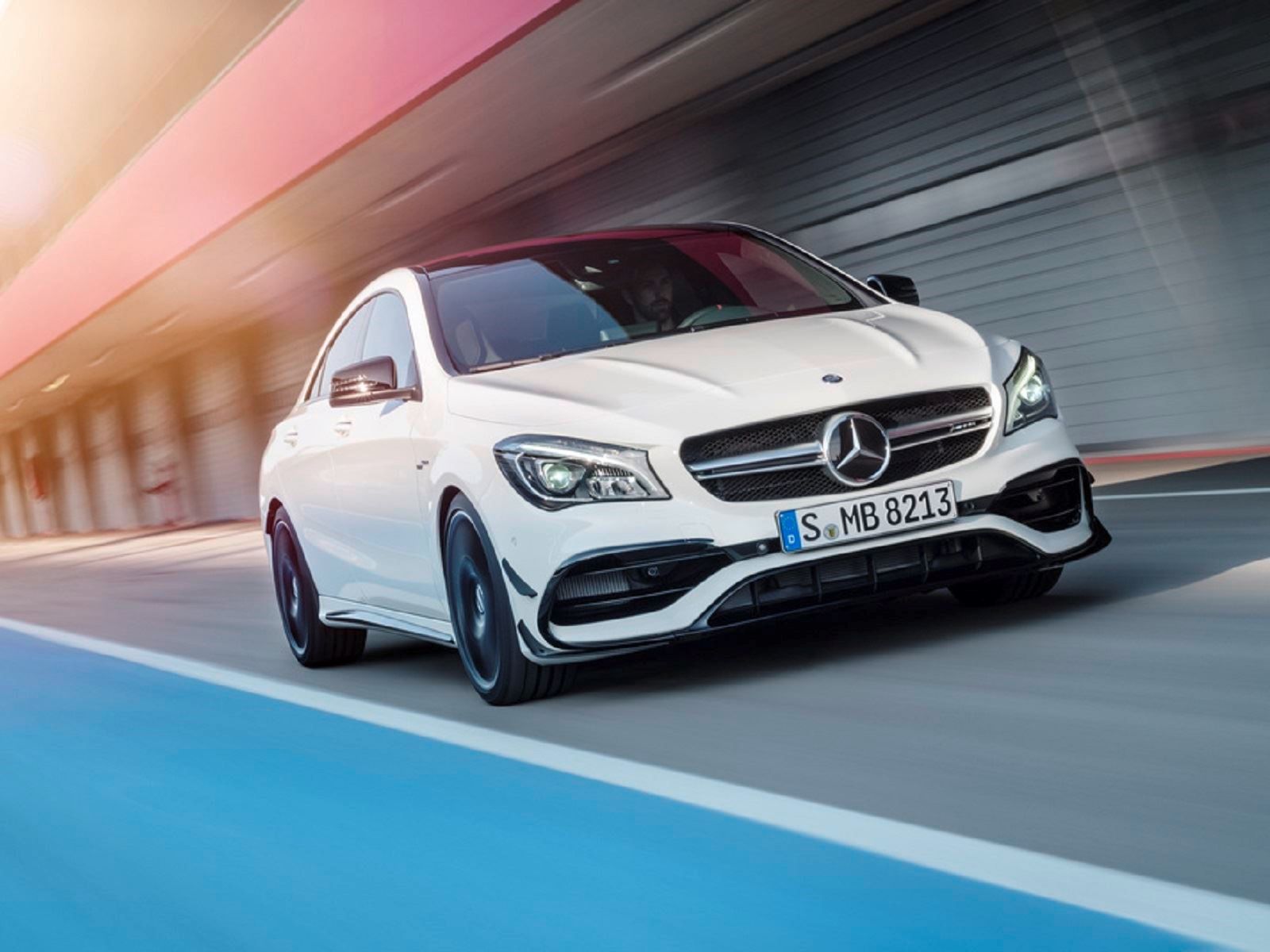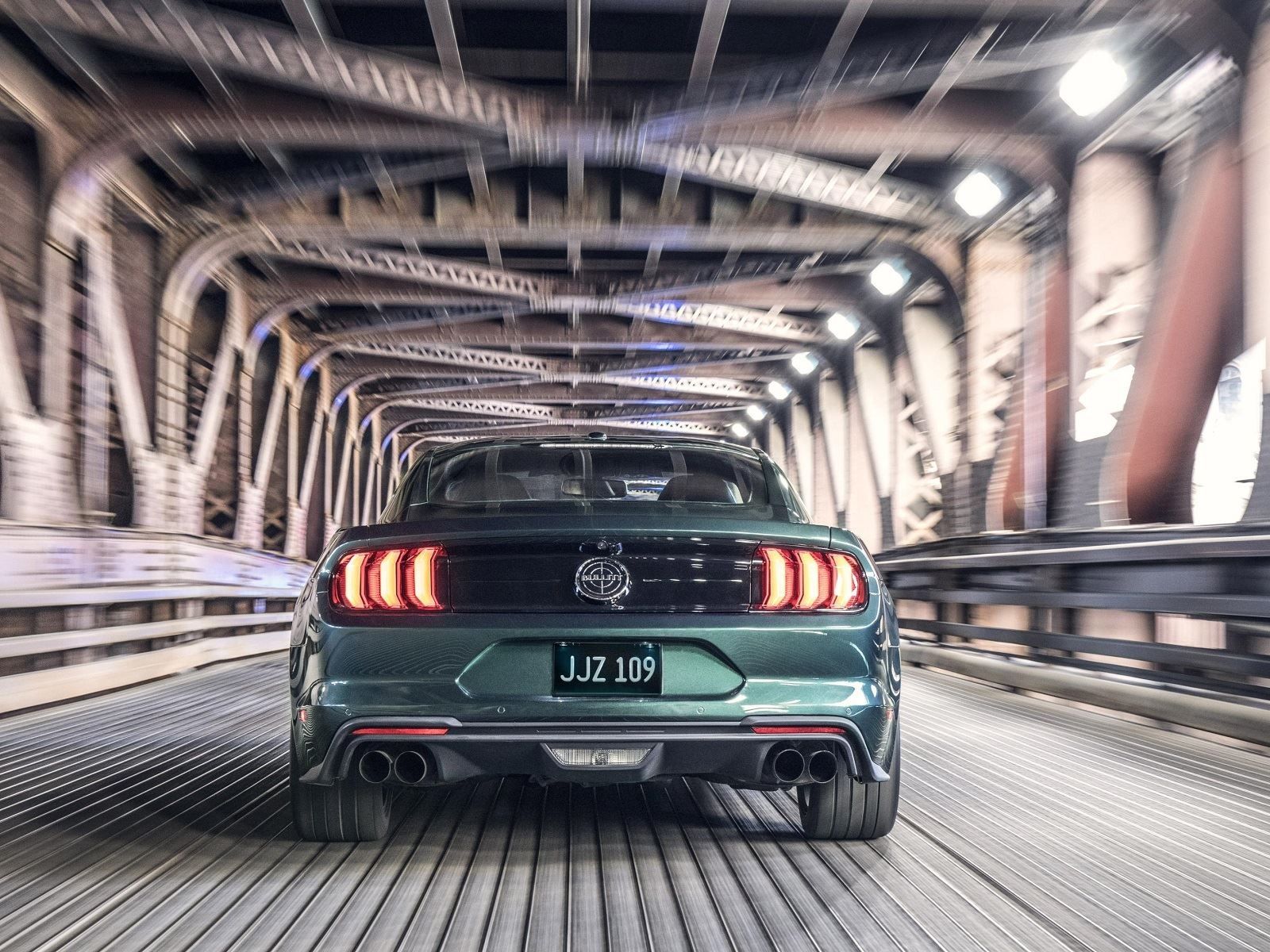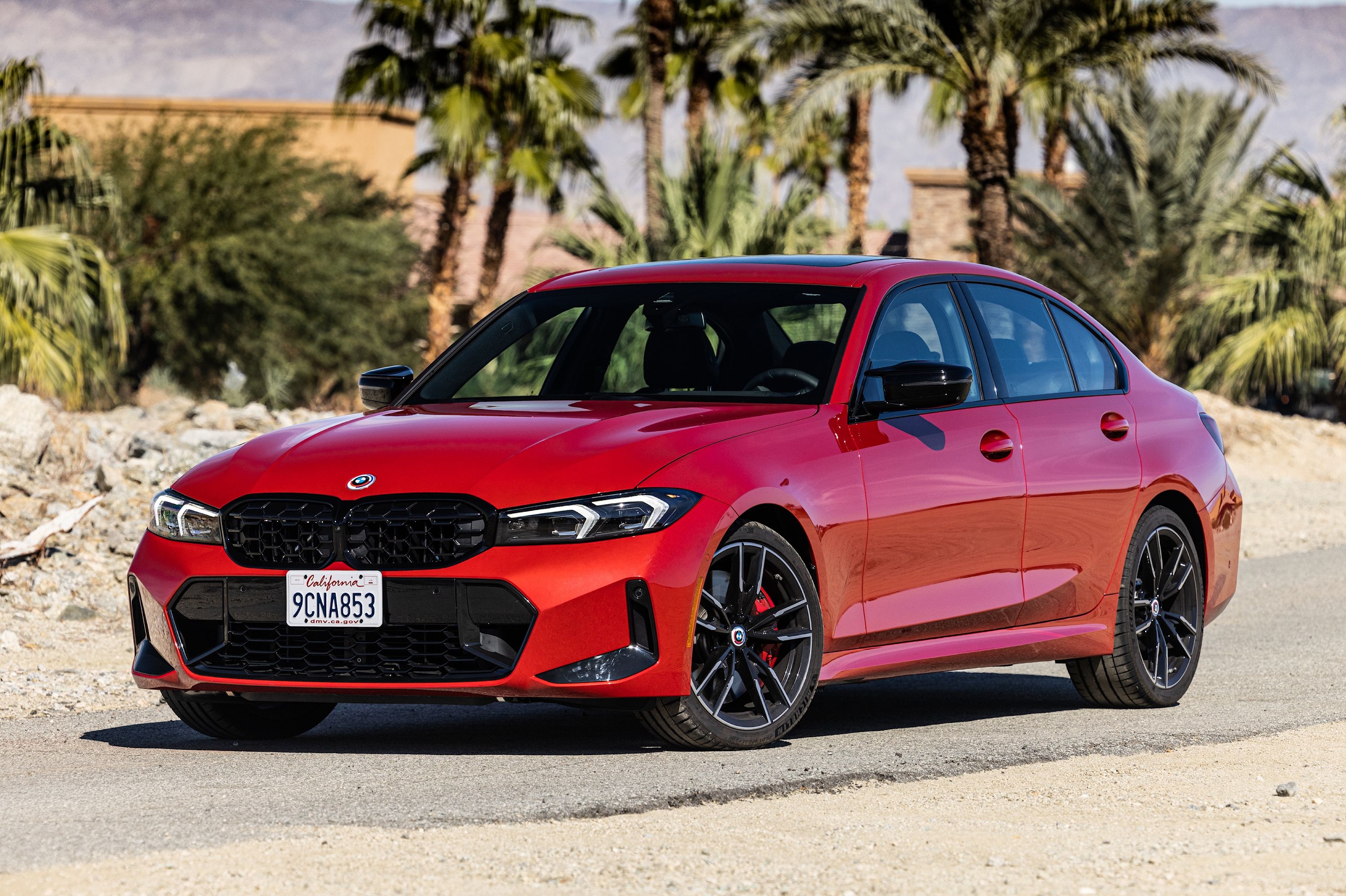
Four-cylinder engines used to be the runts of the engine range, the ones you got when you couldn't afford a proper V6 (or flat-six or inline-six as it may be). Sure, some of them gave good gas mileage, but if it was performance you wanted you were out of luck. There were a few quick-ish 4-cylinder cars (like the Chevy Cobalt SS pictured below) but they were the exception to the rule and the generally soulless exhaust notes only added to the misery.
That all changed when turbocharging started to go mainstream. Power, and especially torque levels, were up, while fuel economy remained good (as long as you didn't use the extra power). While these first-gen turbo cars did have a few reliability issues, that's no longer the case. With a number of manufacturers starting to favor boosted fours over naturally aspirated V6s in their base offerings we got to wondering whether the days of the N/A V6 were numbered. To find out, we picked ten class-leading turbocharged fours and assessed the situation.
VW Golf GTI
The Golf GTI has always used a 4-cylinder engine but ever since the fourth-generation model it has added a turbocharger to counteract its increasing size and weight. The very latest models are quick, with 220 hp on offer. And if you need more the Golf R boasts an additional 72 hp. It also puts out 280 lb-ft of torque. No wonder the VR6 models were short-lived, even the most potent versions could not compete with those numbers.
Honda Civic Type R
The 306-hp Civic Type R is one of the most powerful FWD cars on the market. Thanks to a trick suspension setup, tackling corners at speed does not have you understeering all over the place. Type Rs of old were famed for their manic, high-revving V-Tec engines so the turbocharged motor in the latest version is a big departure for Honda. While it may not rev with quite as much alacrity as before, this motor produces so much more power and torque that it doesn't really matter.
Ford Focus ST
The ST actually used to have a 2.5-liter turbocharged 5-cylinder lump pinched from Volvo under its hood, but the earlier RS was a 2.0-liter turbo and the current model uses a 4-cylinder turbocharged engine too. Dubbed the EcoBoost, it makes an impressive 252-hp and not only does this rule out a V6 engine being introduced into the ST, it is also the first engine in our list to have actively put a V6 into retirement.
Ford Mustang
Specifically, the V6 that used to reside under the long, sculpted hood of the Ford Mustang. After consolidating the range last year, the lusty V6 was dropped while that very same EcoBoost motor albeit in 310-hp 2.3-liter form was retained. It also gained some torque just to rub salt into the wounds. With a city/highway economy rating of 21/31mpg and performance that is at least as good as the old V6, it was inevitable.
Chevrolet Camaro
The same situation is bound to repeat itself in the Camaro camp. The base 2.0-liter turbo motor puts out 275-hp and 295 lb-ft of torque, while the next model up is a 3.6-liter V6 with 335-hp but less torque, at 284 lb-ft. Seems like Chevrolet is sandbagging here and it is quite likely that a simple remap would sort out the power difference too. With a $1,500 price difference between the two we would not be surprised if the V6 makes a quiet exit come next year.
Jaguar F-Type
The turbocharged 4-cylinder F-Type is the newest addition to the range and with 296 hp it may be down 44 hp on the next engine up, but it is a mere 0.3 seconds adrift at the 60 mph mark. Let's not forget though that this is compared to a supercharged 3.0-liter V6, not a naturally aspirated one. You can also get a 400-hp supercharged V6 model, but, for the money, the base turbo 4 is a clear winner.
Porsche 718 Boxster
The Boxster has made a name for itself over three-generations thanks to its scalpel-sharp handling and superb duo of flat-six engines. The mid-life update for the current range though introduced a big change: out went the sixes to be replaced with turbocharged 2.0-liter and 2.5-liter units. There is no doubt that these latest Boxters are quicker than their predecessors, but in this case, many miss the aural excitement and high-rev excitement of those flat-sixes that was so integral to the driving experience.
BMW 330i
A similar case can be made for the latest generation of the benchmark luxury sedan, the 3-Series BMW. Previous versions used smooth and punchy inline-sixes but these have been given turbos and shifted higher up the model hierarchy, to be replaced with 2.0-liter 4-cylinder turbo motors instead. Torque and economy levels are up but that distinctive wail at high speeds is no longer. With the move to hybridization and electric-power, it is unlikely we will see a naturally aspirated BMW ever again.
Alfa Romeo Giulia
Alfa Romeo has not had quite the reliable Germanic track record with its sports sedans but their V6-powered four-door offerings rarely failed to please. Still, their twin cam 4-cylinder engines from the '60s and '70s were superb as were the ones in the 156 and 159, so a turbocharger on the latest base Giulia is no bad thing. With 280 hp and 306 lb-ft of torque on tap, it is also quicker than most German 4-cylinder sedans too. 0-60 mph in 5.1 seconds is properly quick.
Mercedes AMG CLA45
The Mercedes AMG CLA45 is the first 4-cylinder AMG model and it also happens to be the most powerful 2.0-liter turbocharged production engine on the planet. With 375-hp on tap it not only makes a V6 seem underpowered but even a full-fat V8 will struggle to match this AWD car's 4.1-second 0-60 mph time.
So, is the V6, Flat-6 and inline-6 truly done? When it comes to the unboosted 6-cylinder engine, the answer seems to be a resounding yes. The advances in turbocharging technology makes a smaller 4-cylinder engine an obvious choice in just about every instance. The lack of aural excitement and the inability to rev as high are small prices to pay for the major benefits in every other category. Those of us who have driven cars like the E46 M3 and early Boxsters will forever miss those manic masterpieces but the numbers don't lie, and especially when it comes to mainstream models, the turbocharged four is the new king.

